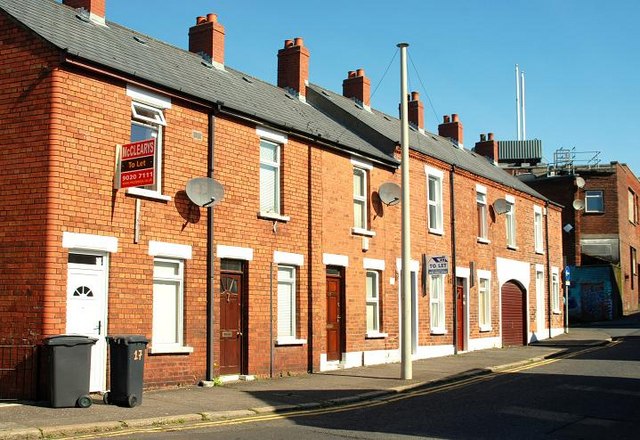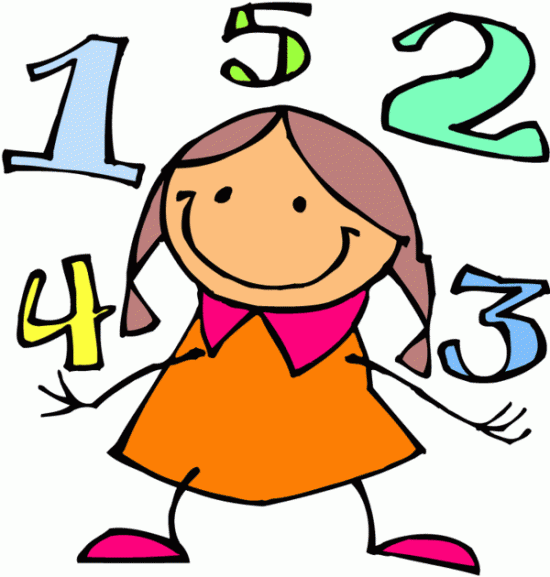Geography: Clothes from around the world
We talked about clothes we wear for special occasions and when and where these occasions might be. We then talked about the clothes they wear in other countries for special occasions. We followed Teddy on Tour to some countries to check out what they wear:
Some children tried on a sari, a furry coat and a kilt and we all tried to see if we could remember which country they are worn in!
We then wrote in the country names under these pictures (with help from the board!) and coloured them in beautiful bright colours!
History: Growing and Changing
We talked about how different the clothes we wear now are to when we were babies. We talked about why we can't wear the same things babies/adults wear. We dressed the paper dolls on the board (baby, child, adult) using clothes I got online, printed and cut out. Here are pictures of the paper dolls and their clothes.
 |
| Baby clothes Child's clothes |
 |
| Adult paper doll Adult dolls clothes |
We then drew pictures of a child, baby and adult and the clothes they would wear and labelled them appropriately.
Science: Materials
We played a game where we had to run around the hall and touch different materials I called out. (Wood, plastic, metal, glass, cloth, touch something smooth, soft, rough, that can tear, that won’t tear etc). We then looked at some materials I had collected: Woolly jumper, leather runner, cotton t-shirt, furry collar, feather filled jacket and discussed whether the material was hard, soft, rough, smooth, would it tear, was it waterproof? Then I got them to walk to the picture of the animal/plant (laid out on the floor of the PE hall) that the material was made from. After we had discussed all this and they had identified the correct animal/plant for all objects I held up the items one at a time and they had to run to the correct picture. If they went to the wrong one they were out. We played this game about three times. It was really fun and a great end of the day activity!
Art: Paper Dolls
We discussed what kinds of clothes we wanted to draw/stick onto our paper doll templates. We designed trousers, t-shirts, jumpers, dresses etc for our paper dolls. We stuck on buttons and hair also to bring them to life. Here are our creations!
English: Poem: Put on your Coat
Stuff an arm
into each sleeve,
put on your coat
before you leave.
Zip the zipper
right to the top,
and cover your head
whenever rain drops.
James Hörner
We did píosa drámaíochta about an Cóchailín Dearg. I got children to dress up in costumes (red cloak, wolf ears on a hairband, showercap, axe, apron, hat) to get in roll as the various characters in the story. They acted out the script as I read it. I made sure every child got a chance to act it out. (We also used this for practice on 'cé hé seo?'). Gradually they started to join in and understand various words in the script.
 |
| http://students.ou.edu/J/Curtis.N.Johnston-1/red_riding_hood.jpg |
An Cochailin Dearg:
Bhí an Cocailín Dearg sa bhaile. D'fhag sí slán le Mamaí agus le Daidí. Chuaigh sí go dtí an choill.
Bhuail si leis an Mac Tíre. Bhí scanradh uirthi roimh an Mhac Tíre. Rith sí go dtí teach a
seanmhathair. Chonaic sí a seanmhathair. (All join in) Oh, feach ar do shuile! Feach ar do chluasa! Feach ar do fhiacla! An Mac Tíre a bhí ann! Rith si amach an doras. Tháinig an gearrthóir adhmaid agus
maraigh sé an mac tíre. Bhi
(If you see any grammatical errors/misspellings in this let me know as I wrote it out myself!)
There are just some ideas about teaching subjects around the topic of clothes, if you've got any others I'd love you to comment below! Happy Teaching!




























